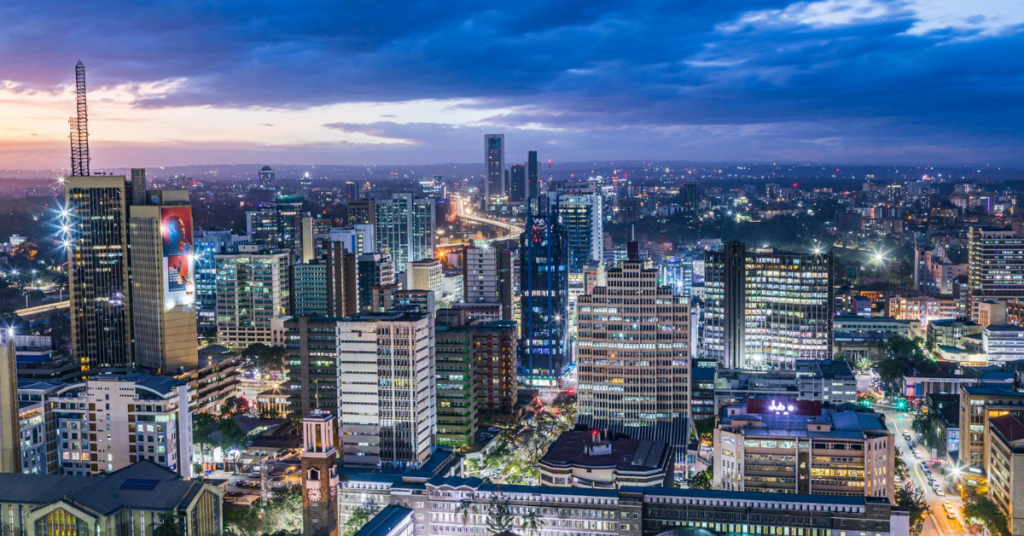“Do not compare us with developed countries; compare us with countries in Latin America.”
This was one of those inane statements made recently by one of our MPs in reference to the debate (debacle, really) about the right level of salaries and perks for Kenyan legislators. Today being 50 years since Kenya attained internal self-rule, it is as good a time as any to, indeed, compare Kenya with countries in Latin America. There are certainly many choices among the nineteen countries that comprise what, because of their common Romanic languages, are collectively known as Latin America.
But before we do that, how far have we come since 1963? Let us look at just two measures of national wellbeing – the size of the economy, using Gross Domestic Product as one measure, and human longevity, in terms of life expectancy at birth. Kenya’s GDP in 1963 was just under one billion at $926 million compared to today’s estimate of about $40 billion. So, yes, the economy has grown – 40 times over in 50 years. However, the percentage of people living below the poverty line is still quite high – at 46% of the population. In terms of life expectancy at birth, we see that we only improved this by 9 years – from 48 years then to about 57 today.
Of all the nineteen Latin American countries, perhaps three – Colombia, Mexico and Chile – offer not only a good comparison, but a glimpse of Kenya’s future.
In 1963, Colombia’s GDP was $4.8 billion; in 2012, it was estimated at $365 billion. That is 76 times bigger in fifty years. Life expectancy which was at 54 years in 1963 is now estimated at 73; an amazing improvement of nearly twenty years. Mexico’s case is equally impressive. Its economy expanded 70 times from a GDP base of $17 billion in 1963 to 1.2 trillion today. Life expectancy improved by 18 years from 58 years in 1963 to 76 today. Chile’s economy expanded at a less specular rate – by 46 times in fifty years – but its life expectancy improved impressively from 58 years to 79, one of the highest in the world.
It is possible that Kenya’s economy, like that of Chile, Colombia or Mexico, might increase by 50 to 70 times to reach $2 to $3 trillion in the next fifty years. It is also possible that life expectancy might improve by 20 years to reach 77 years. The question is, will its path approximate that of Colombia, Mexico or Chile?
Like Kenya, Colombia lies astride the equator and has roughly the same population as Kenya’s (41 versus 46). The exploitation of its huge tourist potential has been hampered by the country’s dubious reputation as a land of drug cartels, the longest running armed conflict in the Americas and the largest number of internally displaced persons (five million since 1985).
Is this Kenya’s path, a sort of Darwinian jungle prosperity?
Mexico is today considered both a regional power and an emerging middle power in the same league as say Turkey and Brazil. Its extraordinary economy has remained resilient in the face of serious political and social instability. The tourist sector is particularly robust – Mexico is one of the most visited countries in the world – despite the country’s reputation as a hotbed of corruption and crime. It has one of the worst drug-inspired murder rates in the world. By some accounts, it has three of the top ten most violent cities in the world! In just six years from 2006 to 2012, more than 40,000 were murdered in drug-related violence, among them judges, law enforcement personnel, politicians and journalists.
Will Kenya follow the path of Mexico, ‘prospering’ amid the chaos of corruption and violence?
Chile, a deceptively thin (175 km) and impossibly long (4300 km) strip of land sandwiched between the Andes and the Pacific Ocean is today one of Latin America’s most stable and prosperous nations, always trading places at the top with Argentina. It has among the world’s lowest crime rates. Although its poverty rate is among the lowest in Latin America, its income inequality is among the worst. This is also the same country that endured 17 years of Augusto Pinochet’s military dictatorship. Having been seared by the flames of economic turmoil and political repression, it emerged stronger and wiser.
Will this be Kenya’s path, learning to prosper by internalising lessons from the past?
No one really knows. But we know this for sure: we are deeply corrupt and have lately become an important crossroad for drug trafficking and other forms of organised crime. In 2012 alone, Kenya lost 384 elephants and 30 rhinos to the organised criminals we call poachers.
So, yes we should compare ourselves with countries in Latin America, but which one?


